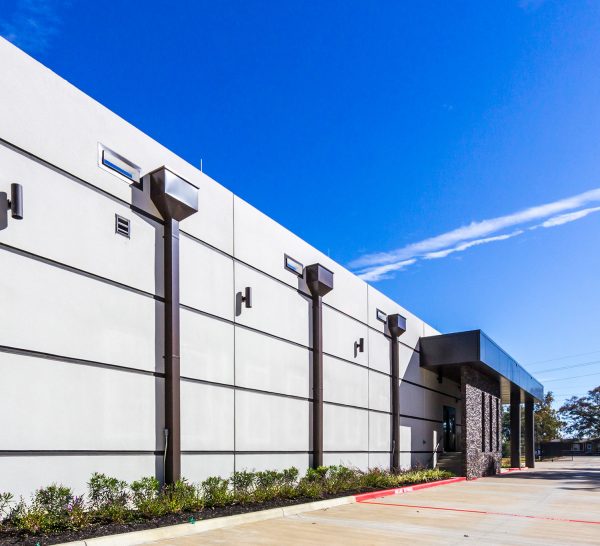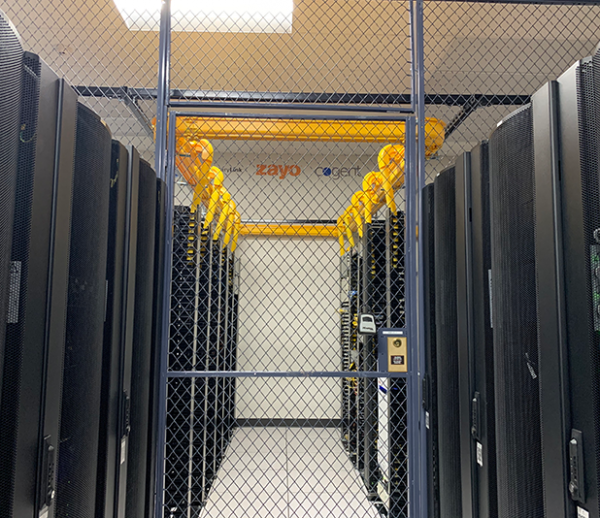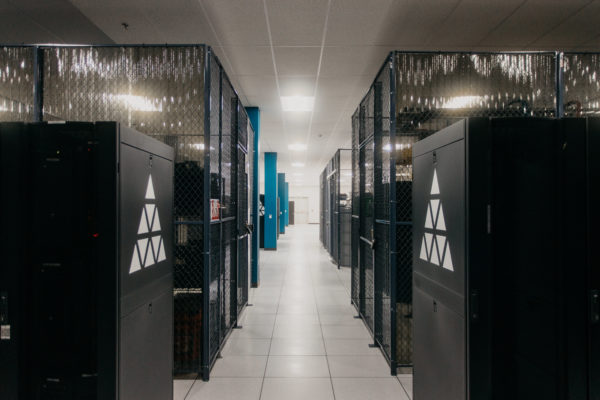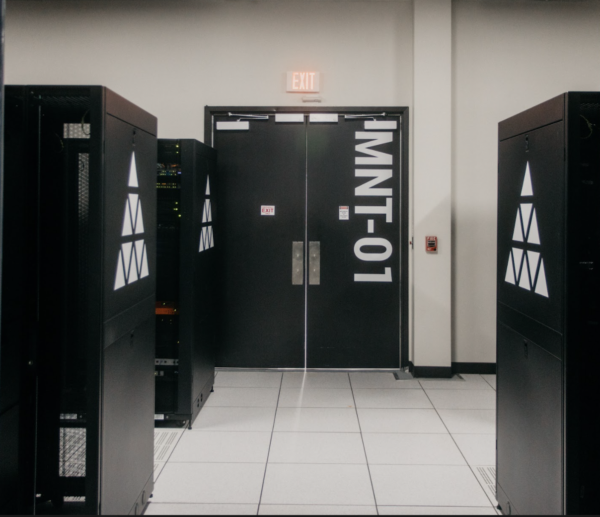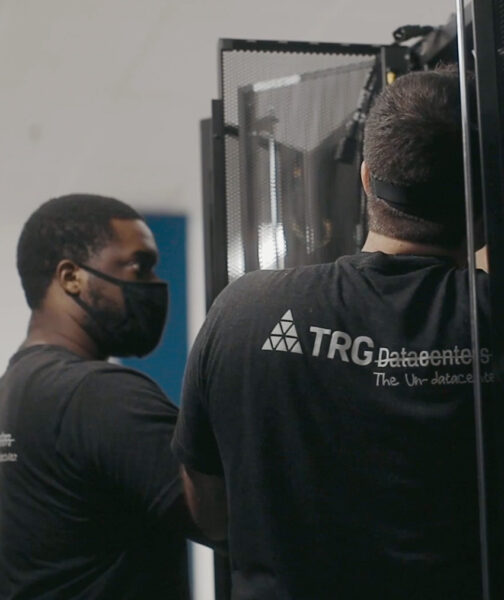The OSI Model Isn’t Just Theory—It’s the Key to Understanding Networks
If you work in networking, data centers, or IT infrastructure, you’ve heard of the OSI model. Some dismiss it as outdated, claiming real-world networks follow the TCP/IP model instead. While that’s true in practical implementation, the OSI model remains the most effective way to break down network communication into logical layers. It’s the foundation for understanding how data moves, how devices communicate, and where problems occur when things break.
Whether you’re just getting started in networking or you’re an experienced engineer looking for a solid reference, this is the breakdown you need. By the end of this article, you’ll have a deep understanding of what the OSI model is, how its seven layers function, how it compares to the TCP/IP model, and why it still matters in modern networking.
What Is the OSI Model?
The OSI (Open Systems Interconnection) model is a conceptual framework that defines how data travels between devices in a network. Created by the International Organization for Standardization (ISO), the OSI model was designed to ensure different systems could communicate seamlessly, regardless of manufacturer or architecture.
While it’s not a perfect reflection of real-world networks, the OSI model provides an essential reference for diagnosing network issues, designing scalable infrastructure, and understanding where different technologies operate. Instead of viewing a network as a black box where data magically moves from point A to point B, the OSI model breaks it down into seven distinct layers, each handling a specific function.
At a high level, data moves from the top layer (Application) down to the bottom layer (Physical) when being sent, and in reverse when being received. Each layer has a defined role, and together, they form the complete communication process.
The 7 Layers of the OSI Model Explained
1. Physical Layer – The Hardware That Moves Data
The Physical Layer is the foundation of all network communication. This is where raw binary data—zeros and ones—get transmitted over a physical medium. It defines everything from cable types and signal voltages to radio frequencies and fiber optics. If you’ve ever dealt with a faulty Ethernet cable or weak Wi-Fi signal, you were troubleshooting an issue at the Physical Layer.
Hardware like network interface cards (NICs), repeaters, hubs, and fiber optic transceivers all operate at this level. The main challenge here is ensuring that the physical transmission medium can support the required bandwidth and signal integrity without excessive interference.
2. Data Link Layer – Structuring Data for Reliable Transmission
The Data Link Layer takes the raw bitstream from the Physical Layer and structures it into frames, which are more organized units of data. It also ensures that data is sent to the correct device using MAC (Media Access Control) addresses. This is the layer where Ethernet and Wi-Fi protocols operate.
If you’ve ever set up a VLAN (Virtual LAN) or configured MAC filtering on a switch, you were working at this layer. It’s responsible for detecting errors that might have occurred during physical transmission and ensuring that only correctly formatted frames are accepted by the receiving device.
3. Network Layer – Routing Data Across Networks
The Network Layer is responsible for routing data across different networks using IP addresses. Unlike MAC addresses, which are assigned to individual devices, IP addresses are logical and can change depending on the network configuration.
When you send an email or access a website, the data has to travel across multiple networks to reach its destination. The Network Layer ensures that your data packets take the most efficient path, even if they have to pass through multiple routers along the way. This is where protocols like IPv4, IPv6, and ICMP (used for pinging) operate. If you’ve ever had to troubleshoot a routing issue or configure a static IP address, this is the layer you were dealing with.
4. Transport Layer – Managing Data Flow and Reliability
The Transport Layer controls how data is transmitted between devices, ensuring it arrives in the correct order and without errors. This layer is responsible for segmenting data, reassembling it at the destination, and managing retransmissions if necessary.
The two most common protocols at this layer are TCP (Transmission Control Protocol) and UDP (User Datagram Protocol). TCP guarantees reliable, ordered delivery of data, making it ideal for web browsing, file transfers, and email. UDP, on the other hand, prioritizes speed over reliability, making it essential for real-time applications like video streaming and online gaming.
When you load a webpage, your browser relies on TCP to ensure that all elements arrive intact. If you’re watching a live stream, UDP ensures that minor packet loss doesn’t interrupt playback.
5. Session Layer – Maintaining Active Connections
The Session Layer is responsible for establishing, maintaining, and terminating communication sessions between devices. While its role is often absorbed by the Transport Layer in modern networks, it still plays a key role in session management for applications that require continuous data exchange.
Online banking applications, video conferencing tools, and cloud-based collaboration platforms rely on this layer to maintain active user sessions. If a connection is interrupted, the Session Layer ensures that communication can resume without requiring a full restart.
6. Presentation Layer – Formatting and Securing Data
The Presentation Layer ensures that data is in the correct format for the receiving application. This includes data translation, encryption, and compression. If two devices use different encoding methods, this layer ensures they can still communicate properly.
One of the most critical functions at this layer is encryption. Whenever you visit a secure website using HTTPS, SSL/TLS encryption is being handled at the Presentation Layer. This ensures that sensitive information, such as login credentials and payment details, remains protected during transmission.
7. Application Layer – Where Users Interact with the Network
The Application Layer is the closest to the user. It’s where network services and applications interact, defining how software communicates over the network. This layer includes protocols like HTTP, HTTPS, FTP, SMTP, and DNS.
When you visit a website, send an email, or download a file, you’re directly interacting with the Application Layer. Every action you take online, from streaming videos to submitting forms, involves protocols operating at this layer.
OSI Model vs. TCP/IP Model – What’s the Difference?
While the OSI model is useful for understanding networking concepts, real-world networks are built on the TCP/IP model. The TCP/IP model condenses the OSI layers into four functional groups: Link, Internet, Transport, and Application. It’s a more streamlined approach that aligns with how modern networks actually function.
Despite this, the OSI model remains the industry standard for troubleshooting and understanding networking principles. When diagnosing network issues, engineers still use OSI terminology to pinpoint failures at specific layers.
Why the OSI Model Still Matters
The OSI model isn’t just an academic concept—it’s the key to understanding how modern networks function. Whether you’re designing a new data center, configuring enterprise infrastructure, or simply troubleshooting a slow connection, the OSI model provides a structured way to identify, analyze, and resolve issues efficiently.
Mastering the OSI model isn’t about memorization—it’s about developing a deep, functional understanding of networking. The best engineers don’t just know the layers; they understand how they interact, where the failures occur, and how to optimize performance. If you want to build a career in networking, start with the OSI model. Everything else builds on top of it.
Looking for colocation?
For an unparalleled colocation experience, trust our expert team with three generations of experience

